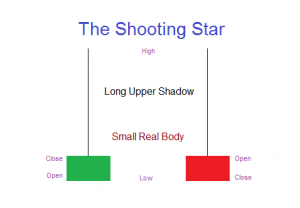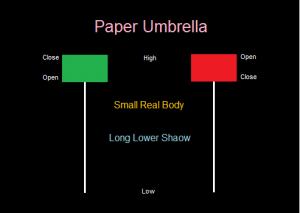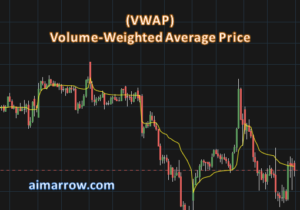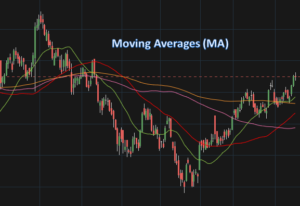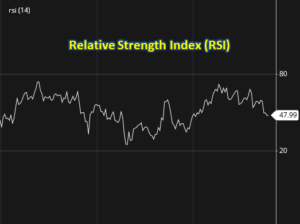How to Invest?
Everybody needs to learn how to invest and is a very important life lesson. Earning money only from your job may not be good enough to become financially stable or rich.
Read our articles on Why, Where and When to invest to understand some basics on investing your money. In addition to those articles, the following points will help you on how to invest:
Learn
It doesn’t matter the background or field you are from, everybody has to invest wisely to grow their money or protect their capital. Investing can be harmful and cause loss of money or savings if done unwisely. You don’t need to be a financial expert to invest, but learning at least the basics can help you make better investment decisions.
Plan
You must plan your expenses, and the amount you’re willing to invest or save. This will lay a foundation to proceed further. Jumping into investing without first examining your finances is like jumping into the deep end of the pool without knowing how to swim. Luckily, Investing doesn’t require lot of money to start. You should plan sufficiently for all your basic expenses (immediate & short term expenses) and then start investing with the remainder. One should not over invest cutting down their basic necessities.
- Risk: Analyze your risk taking capability, and know how much you’re willing to risk. This will help you choose the right investment vehicle/instrument. Risk tolerance will also vary according to your age, income requirements and financial goals. For example,a person who has just retired may look for a risk free and steady income while a 30 year old may risk more and invest in equities which has high risk and high reward. An investment portfolio that has high return with little risk is the target goal for any investor. However, generally more the risk you take more are the returns and vice versa.
- Set Goals: Once you’ve analyzed your risk taking ability, you must also set your goals that you want to achieve financially. Goals can be like saving tax, generating fixed income, capital gains etc.
- Time Period/Duration: Set the duration i.e. short, medium or long term for which you want to invest your money depending on your goals.
Implement
After setting the goals, choose the right investment vehicle/instrument depending on the above factors. This is the most important aspect, as this step will generate the output in short or long term. Start with safer investments such as bonds and mutual funds, while you’re still learning. When you’ve built up enough money, you can move on to riskier investments, such as equity, that have higher potential returns.
- Review and Adjust: Investing your money in an asset class is not enough, it also requires reviewing its performance from time to time. Continually reviewing and re-balancing your portfolio is a key to successful investing. For example, if you’ve invested in a mutual fund which is under-performing and the future outlook is looking weak as well, then you may have to take the money out of it and re-invest in a better mutual fund or in some other asset class which can generate better returns.
- Diversify: One needs to build their investment portfolio and it is utmost important to diversify your portfolio as it could help you ride the ups and downs in the economy and maintain the balance. Successful investors implement this strategy and invest in various asset classes or investment vehicles in proportions. You can reduce risk by dividing your money between the three asset classes: equities, fixed-income and cash. Remember the saying ‘don’t put all your eggs in one basket’.
Don’t let fear or greed limit your returns or inflate your losses. Expect short-term fluctuations in your overall portfolio value. As a long-term investor, these short-term movements should not cause panic. Greed can lead an investor to hold on to a position too long in the hope of an even higher price, even if it falls. Fear can cause an investor to sell an investment too early, or prevent an investor from selling a loser. Successful investors remain disciplined and are not influenced by day-to-day fluctuations or outside factors. The ultimate goal of any investment is to buy low and sell at high price. However, most unsuccessful investors trade with emotion, unknowingly buying high and selling low.
Do not worry if you’re not able to do all this on your own because of various reasons, as you can always consult a professional financial adviser for help. Choose a financial adviser wisely by checking their reputation, performance, fee structure and services they can offer.

